For RVing beginners, understanding RV awnings is crucial. Awnings provide vital shade and protection from elements, preserving your RV's exterior and interior. Regular maintenance, including cleaning, inspection, storage, and securing, prevents damage from sun, wind, and rain, extending awning life. Accessorizing with waterproof covers and UV protective coatings further protects against weather-related issues. Proper care and simple repairs ensure RV awnings remain functional during outdoor adventures, enhancing the overall RVing experience for novices and seasoned enthusiasts alike.
For RV owners, especially those new to RVing for beginners, understanding awning maintenance is key to navigating the outdoors. Awnings, a vital component of your recreational vehicle, offer much-needed shade and protection from the elements. However, they’re also susceptible to weather-related damages, like sun degradation, wind tears, and water damage. Regular upkeep can prevent these issues, ensuring your awning remains in top condition for countless adventures ahead. This guide covers everything from cleaning and inspection tips to choosing the right accessories, empowering new RV owners to protect their investment.
- Understanding RV Awnings: Essential Components for Beginners
- Weather's Impact on RVs: Common Damages to Watch Out For
- The Role of Regular Awning Maintenance
- Step-by-Step Guide: Cleaning and Inspecting Your RV Awning
- Choosing the Right Awning Accessories for Optimal Protection
- Frequently Asked Questions: Addressing RV Awning Concerns for New Owners
Understanding RV Awnings: Essential Components for Beginners
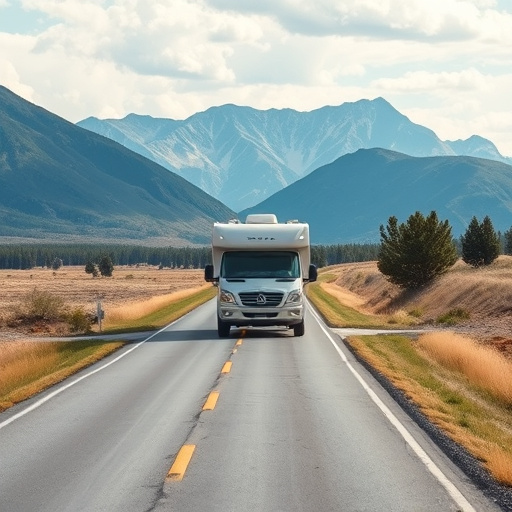
For RVing for beginners, understanding RV awnings is crucial. Awnings are an integral part of recreational vehicle living, offering much-needed shade and protection from the elements. They come in various types, from simple canvas affairs to more complex models with retractable features. These essential components serve as a buffer against harsh sunlight, rain, and wind, helping to preserve the RV’s exterior and interior. By learning how to maintain these awnings—including regular cleaning, inspection for tears or damage, and proper storage when not in use—newbie RV owners can ensure their vehicles remain in top condition during outdoor adventures.
Weather's Impact on RVs: Common Damages to Watch Out For
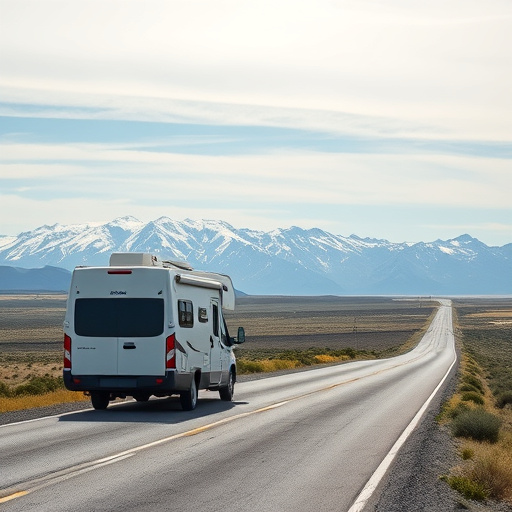
The weather plays a significant role in RVing for beginners and experienced travelers alike. Extreme conditions, such as heavy rain, strong winds, or harsh sunlight, can cause notable damage to your recreational vehicle (RV). Common issues include water leakage, especially around windows and doors, which can lead to mold growth and structural problems over time. UV rays from the sun can degrade plastics, vinyl, and rubber components, causing them to crack or become brittle. Additionally, high winds can cause swaying and potential structural stress, while sudden storms might result in damaged or missing awning materials. Regular awning maintenance is, therefore, a crucial aspect of RV care, helping to mitigate these weather-related issues.
The Role of Regular Awning Maintenance
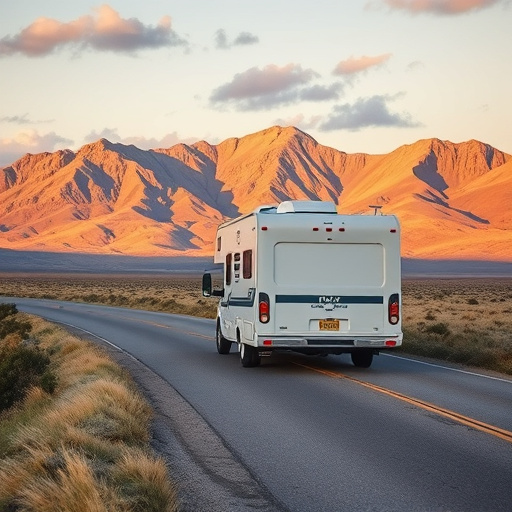
Regular awning maintenance is an often-overlooked yet critical aspect of RVing for beginners and seasoned enthusiasts alike. An awning, a crucial addition to any recreational vehicle, serves as both shade and protection from the elements. Over time, however, lack of care can lead to damage caused by sun, wind, and rain. Regular cleaning and inspection are essential to preserving its integrity. Simple routine maintenance includes wiping down the fabric to remove dirt and debris, checking for loose or torn seams, and ensuring all components—zippers, straps, and hinges—are secure and properly lubricated.
By dedicating a few minutes each month to these tasks, RV owners can significantly extend the life of their awnings and avoid costly repairs or premature replacement. This proactive approach ensures that when you’re ready to hit the open road, your awning is ready to protect you from the sun’s rays or provide shelter during unexpected weather changes, enhancing your overall RVing experience for beginners and seasoned travelers alike.
Step-by-Step Guide: Cleaning and Inspecting Your RV Awning
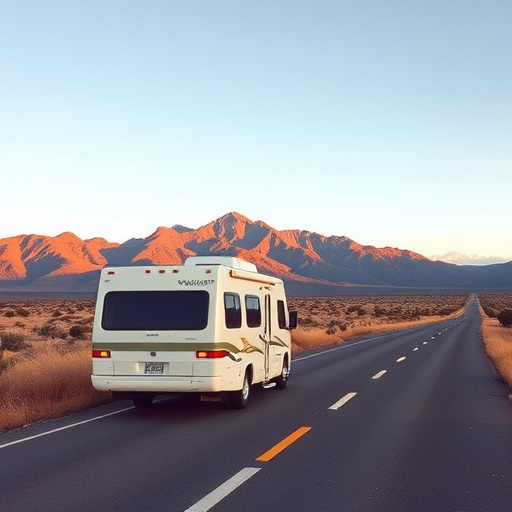
Cleaning and inspecting your RV awning is a crucial part of regular maintenance, especially for RVing beginners looking to protect their investments from weather-related damage. Here’s a step-by-step guide to help you stay on top of this task. Start by removing any debris or leaves accumulated on the awning fabric using a soft brush or vacuum attachment designed for outdoor use. This initial cleaning helps prevent blockages in water drainage systems, which can lead to mold and mildew buildup.
Next, spray the awning with a mild detergent and warm water solution, ensuring you cover all surfaces evenly. Use a soft sponge or cloth to gently scrub away any stains or dirt. Rinse thoroughly with clean water, making sure no soap residue remains. After drying, inspect the awning for any rips, tears, or signs of wear. Pay close attention to corners, seams, and the fabric’s overall integrity. Regular inspections allow you to catch issues early, ensuring prompt repairs or replacements before they become more costly and detrimental to your RV’s aesthetic and functionality.
Choosing the Right Awning Accessories for Optimal Protection

When it comes to RVing for beginners, one often overlooked aspect is awning maintenance. The right awning accessories can significantly enhance protection from harsh weather conditions. Waterproof covers and wind guards are essential additions that prevent damage to your RV’s exterior during travel or storage. These accessories ensure your awning remains in top condition, extending its lifespan and saving you from costly repairs.
For optimal results, consider UV protective coatings as well. Prolonged sun exposure can weaken materials over time. A good coating protects against these damaging rays, keeping your awning vibrant and functional. RVing beginners will benefit from investing in high-quality accessories, ensuring a smooth and worry-free outdoor experience for years to come.
Frequently Asked Questions: Addressing RV Awning Concerns for New Owners
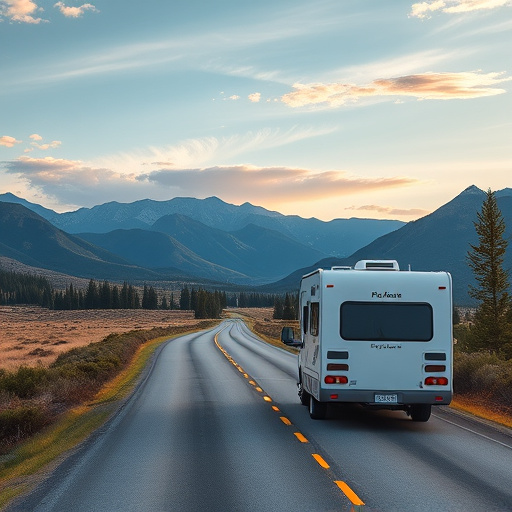
Many new RV owners are eager to hit the road but may feel overwhelmed by the unique maintenance requirements of their new vehicle, especially when it comes to the awning. FAQs can help demystify common concerns and ensure a smooth RVing for Beginners experience. One frequent question is how often to clean and maintain the awning. Regular washing with mild soap and warm water, followed by a thorough rinse, helps prevent dirt buildup, ensuring the awning’s longevity and preserving its seal against weather elements, which can cause significant RV damages.
Additionally, new owners might wonder about repairs. Minor tears or damage can often be fixed with simple patches or replacement parts, available at most outdoor recreation stores. It’s crucial to store the awning properly when not in use, ensuring it’s clean and dry, as moisture can lead to mold or mildew growth inside the RV. By addressing these concerns proactively, new RV owners can enjoy their travels without worrying about weather-related damages to their investment.
For RV owners, especially those new to RVing for beginners, maintaining your vehicle’s awnings is a simple yet effective way to prevent costly weather-related damages. By regularly cleaning and inspecting these essential components, you can extend their lifespan and ensure they provide protection against the elements when you’re on the road. Remember, a well-maintained awning is a key element in keeping your RV in top condition during all seasons.
